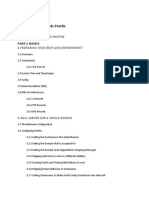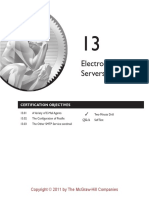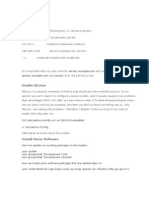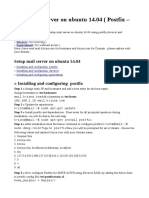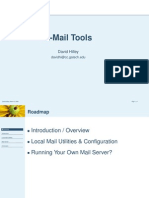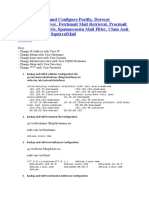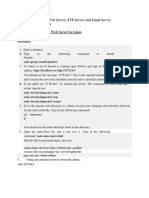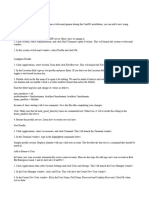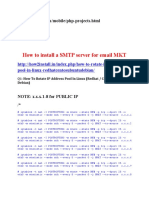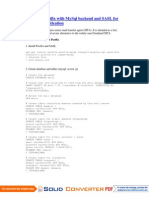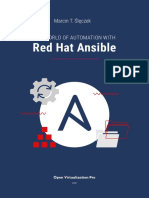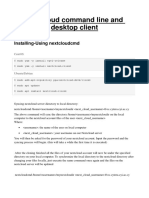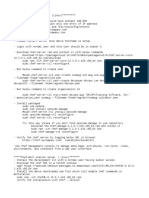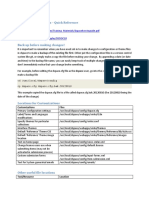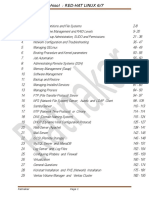0% found this document useful (0 votes)
11 views11 pagesPostfix Dovecot Integration
The document outlines advanced configurations for integrating Postfix and Dovecot in an enterprise environment, focusing on relay host setup, rate limiting, logging, and monitoring. It also covers Dovecot configurations for authentication, mailbox quotas, testing methods, and troubleshooting common issues. Additionally, it emphasizes security best practices, including strong password policies and backup strategies, and concludes with a project assignment for students to design a comprehensive email system.
Uploaded by
Tik-Tok compilationCopyright
© © All Rights Reserved
We take content rights seriously. If you suspect this is your content, claim it here.
Available Formats
Download as PDF, TXT or read online on Scribd
0% found this document useful (0 votes)
11 views11 pagesPostfix Dovecot Integration
The document outlines advanced configurations for integrating Postfix and Dovecot in an enterprise environment, focusing on relay host setup, rate limiting, logging, and monitoring. It also covers Dovecot configurations for authentication, mailbox quotas, testing methods, and troubleshooting common issues. Additionally, it emphasizes security best practices, including strong password policies and backup strategies, and concludes with a project assignment for students to design a comprehensive email system.
Uploaded by
Tik-Tok compilationCopyright
© © All Rights Reserved
We take content rights seriously. If you suspect this is your content, claim it here.
Available Formats
Download as PDF, TXT or read online on Scribd
/ 11











